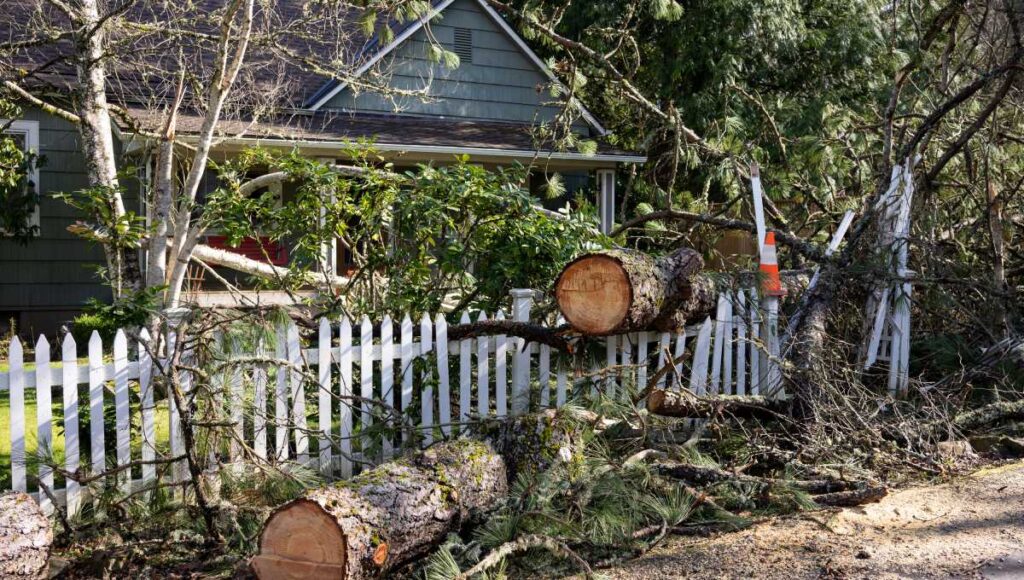
In an era of increasing climate unpredictability, homeowners face a plethora of natural disasters. From floods to wildfires, understanding the danger is crucial.
To help keep you safe and provide some peace of mind, we’ll discuss the growing threats to homeowners, highlighting practical tips on how to prepare and protect your home.
Floods
Flooding is one of the most common and destructive natural disasters. It is usually the result of heavy rain, dam breaks, or the sudden release of water. River and coastal floods, for example, happen when rivers and sea banks overflow due to prolonged rainfall or snowmelt.
Proper landscaping can direct water away from your home and reduce the risk of flooding. Grading your yard so that it slopes away from your house helps water flow away rather than pooling around the foundation. In addition, trees, shrubs, and ground cover with deep root systems are particularly effective for absorbing excess water.
Wildfires
Wildfires are becoming increasingly common and severe, often caused by lightning strikes, human activities like campfires or discarded cigarettes, and even intentional arson. These fires can spread rapidly, fueled by dry conditions and high winds, leaving little time for evacuation.
The immediate zone is the area directly adjacent to your home and is the most critical for wildfire defense. Remove all combustible materials, like firewood, leaves, and dead plants, from this zone.
Hurricanes and Tornadoes
Hurricanes and tornadoes are powerful storms that can cause extensive damage to homes and communities. While hurricanes develop over warm ocean waters and can be tracked for days, tornadoes form quickly and with less warning.
Hurricane preparedness involves reinforcing your home to withstand high winds and storm surges. By preparing for the most common types of property damage after a hurricane, you can keep cleanup time to a minimum.
Earthquakes
Earthquakes can strike without warning. They can cause widespread destruction, particularly in areas with older buildings and inadequate infrastructure. Understanding your earthquake risk is essential, especially if you live in earthquake-prone regions like the West Coast or several southeastern states.
Earthquake preparedness starts with securing your home. Anchor heavy furniture to walls, install latches on cabinets, and use flexible connections for gas lines. Additionally, consider retrofitting older structures to withstand seismic activity better. Having an emergency kit with essential supplies and a family communication plan is also crucial.
Landslides and Mudslides
Landslides and mudslides often occur in hilly or mountainous regions, especially after heavy rain or earthquakes. They can destroy homes, roads, and infrastructure in their path, posing significant risks to homeowners.
Preventing landslide damage involves proper land management practices. Avoid building on steep slopes or near drainage ways. Ensure proper drainage around your property and plant vegetation to help stabilize the soil. In high-risk areas, consider building retaining walls or terracing to reduce the risk of landslides.
Equip Yourself To Handle Whatever Nature Throws Your Way
Natural disasters pose growing threats to homeowners, underscoring the importance of preparedness. By understanding the risks, taking preventive measures, and staying informed, you can protect your home and loved ones from nature’s wrath. Stay proactive, and you’ll be better equipped to handle whatever nature throws your way.

